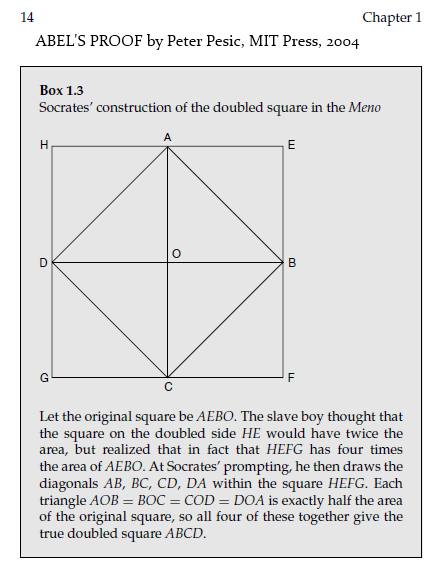|
From Chapter 23, "Poetry," by Adam Parkes, in Writing in 1910–11, the English poet and critic T. E. Hulme claimed that the two major traditions in poetry, romanticism and classicism, were as different as a well and a bucket. According to the romantic party, Hulme explained, humankind is “intrinsically good, spoilt by circumstance”; that is, our nature is “a well, a reservoir full of possibilities.” For the classical party, however, human nature is “like a bucket”; it is “intrinsically limited, but disciplined by order and tradition to something fairly decent” (Hulme 1987: 117). But it was not only that romanticism and classicism were as dissimilar as a well and a bucket; their contents were different, too. To draw water from the well of romanticism was, in effect, to pour a “pot of treacle over the dinner table,” while the classical bucket was more likely to be full of little stones – or jewels, perhaps. Romanticism, in Hulme’s view, was the result of displaced religious fervor; it represented the return of religious instincts that the “perverted rhetoric of Rationalism” had suppressed, so that “concepts that are right and proper in their own sphere are spread over, and so mess up, falsify and blur the clear outlines of human experience” (Hulme 1987: 118). Classicism, by contrast, traded in dry goods – dry, hard goods, to be precise. Hulme left little doubt as to which side he was on. “It is essential to prove,” he argued, “that beauty may be in small, dry things. The great aim is accurate, precise and definite description. . . . I prophesy that a period of dry, hard, classical verse is coming” (Hulme 1987: 131–3). If by “dry, hard, classical verse” Hulme meant poems looking like the fragments of Sappho, he didn’t have to wait long to see his prophecy fulfilled.
The hard sand breaks,
Far off over the leagues of it, 228
playing on the wide shore, So wrote Hilda Doolittle in “Hermes of the Ways,” the first poem that she signed “H. D., Imagiste” at the behest of her fellow American expatriate Ezra Pound. From Pound’s perspective, the Imagist movement that he co-founded in 1912 with H. D. and the English poet Richard Aldington was finished well before the First World War began in August 1914; throughout this war-torn decade, however, Imagism continued to spawn the poetry of “small, dry things” whose coming Hulme had predicted a few years before. Indeed, modernist poets weren’t content merely to break down the extended heroic narratives – the “spilt religion,” as Hulme put it – of their treacly nineteenthcentury predecessors; they insisted on breaking down small things into ever-smaller particles and subparticles. This logic of disintegration is clearly at work in poems like “Hermes of the Ways,” where each line is metrically unique, creating a sense of perpetual freshness – an apotheosis of modernity, as it were. REFERENCE Hulme, T. E. (1987). Speculations: Essays on Humanism and the Philosophy of Art, ed. Herbert Read. London and New York: Routledge and Kegan Paul. First published 1924. |
Compare and contrast:
Jeremy Gray,
Plato's Ghost: The Modernist Transformation of Mathematics,
Princeton University Press, first edition Sept. 22, 2008 —
"Here, modernism is defined as an autonomous body of ideas,
having little or no outward reference, placing considerable emphasis
on formal aspects of the work and maintaining a complicated—
indeed, anxious— rather than a naïve relationship with the
day-to-day world, which is the de facto view of a coherent group
of people, such as a professional or discipline-based group
that has a high sense of the seriousness and value of what it is
trying to achieve. This brisk definition…."
(Quoted at the webpage Solomon's Cube.)




















